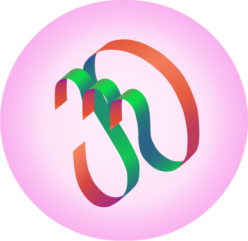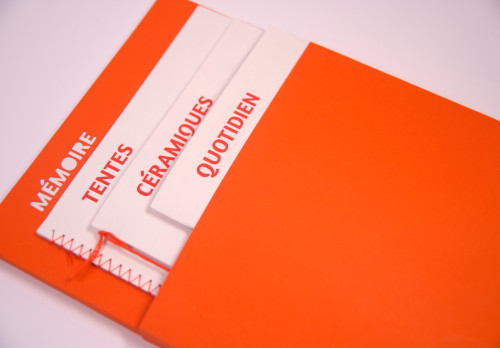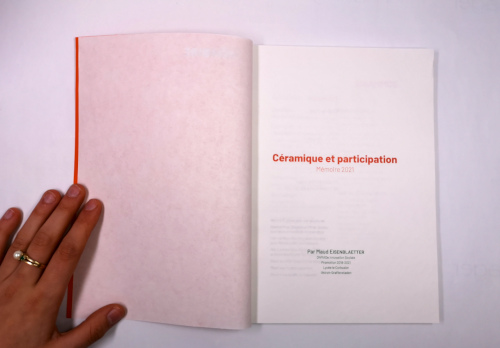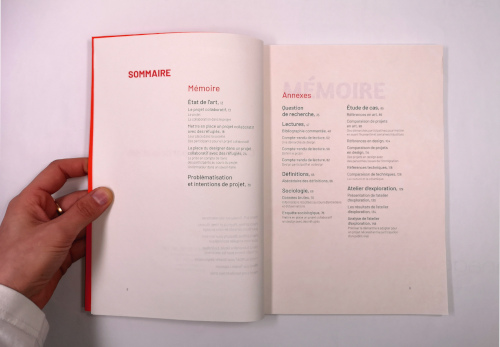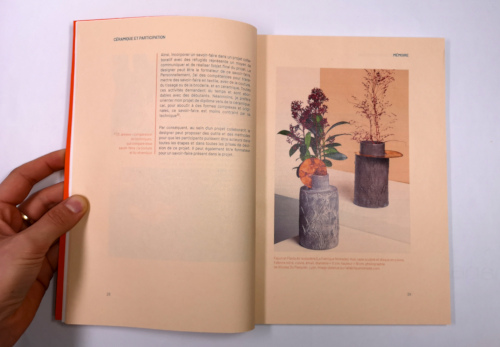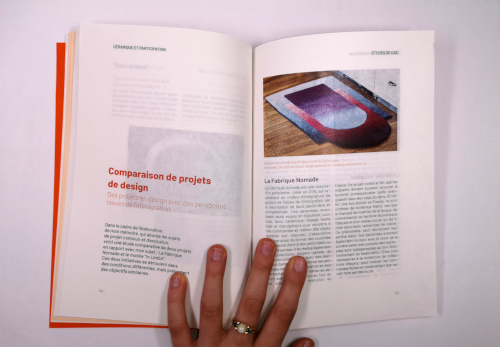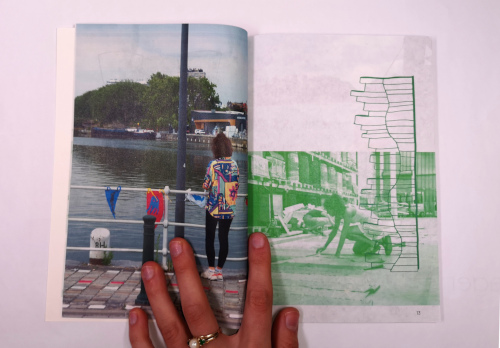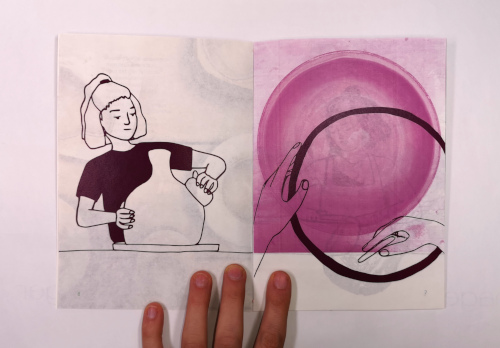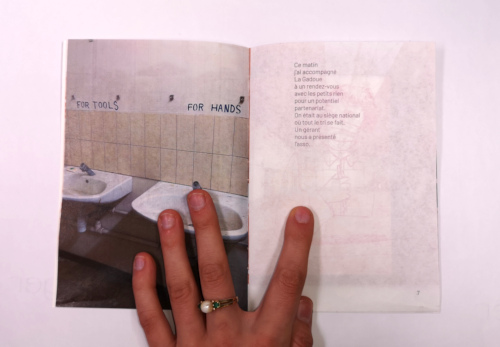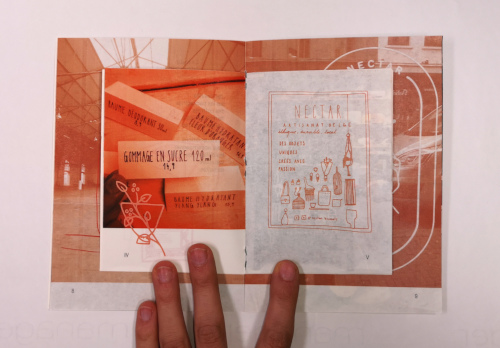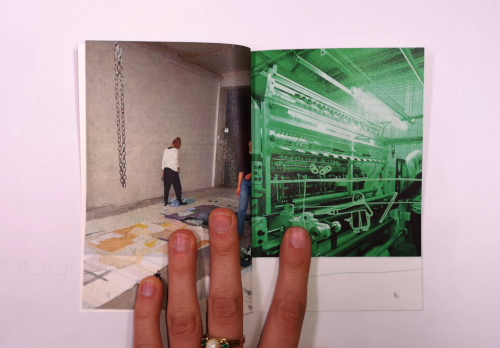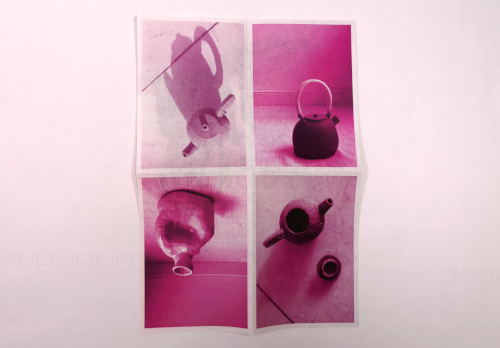Collaborative project and participatory design
Project carried out in 2020/2021
As part of setting up my diploma project, I carried out research throughout semester five aimed at clarifying my project intentions. These materialize during the implementation of my project, in semester six.
The content of my research thesis
This research starts from the question: how can a designer intervene in the implementation of a collaborative project with people in a situation of social exclusion? My work around this question can be found in my thesis and its appendices.
The appendices of my thesis include different elements, between mental maps, syntheses of readings, a sociological survey, a primer of definitions, case studies and an exploration workshop. These documents helped me clarify the reasoning in my brief.
This thesis presents the collaborative project as a projection over a given time, during which a certain number of actors interact to build and carry out this projection. The designer can intervene according to a participatory design approach and think of tools allowing the actors of a project to build this project. A collaborative project could, for example, be set up with refugees, who are people excluded from the social norm.
This thesis thus poses the problem of the tools and methods that the designer for social innovation can put in place to allow users to participate in the construction of a collaborative project. It results in my project intentions, which are to set up participatory workshops equipped with design during a collaborative project carried out with the French Orientation and Learning Module (the MOAF) of the Lycée le Corbusier. In this module, people aged 16 to 18 devote a school year to learning French.
The layout of my thesis
Video of my editions
The thesis layout is linked to the layout of my internship report: I have made several editions on these themes which overlap and come together in a box.
My brief and its appendices are grouped together in the notebook with the orange cover. The binding of this first notebook is a square back binding. The title on the cover was laser cut.
Photographs of my thesis and its appendices
The other six notebooks are related to my second year internships. The first was produced by la Gadoue, a collective of two object designers, and the second by Alyssia Bellosso, a ceramist. For my internship report, after each day of work, I had to post a photo, a sketch, and a text on mastodon, a social network that allows you to share images and short stories.
The restitution and layout of these photos and sketches can be found in these six editions in different formats. Each of these notebooks has a dominant color and a specific theme.
The largest of the six deals with the various projects of La Gadoue in connection with the reuse of used tent fabrics. Its binding is Japanese binding and its dominant color is light green. At the end of this edition, we can find, in a pocket, a smaller edition, in connection with the projects of Gadoue related to the reuse of shirts already worn. Its binding is also a Japanese binding and its dominant color is dark green.
Another notebook is related to ceramics. It is connected by a thread and its dominant color is dark pink. Inside is a folded leaf, in images of a lighter pink.
Then, a notebook discusses the daily events experienced during these courses. Its dominant color is light orange. In the middle of this edition is a smaller notebook colored with dark orange. It presents elements related to the Nectar store, a store run by Alyssia. These two notebooks are tied together by staples.
Photographs of my internship report
These editions were printed with a laser printer. The development of the orange box and its title are made by laser cutting.
Video of my thesis, its appendices and my internship report
“Tents” booklet digital version
“Ceramics” notebook digital version
“Daily” notebook digital version
